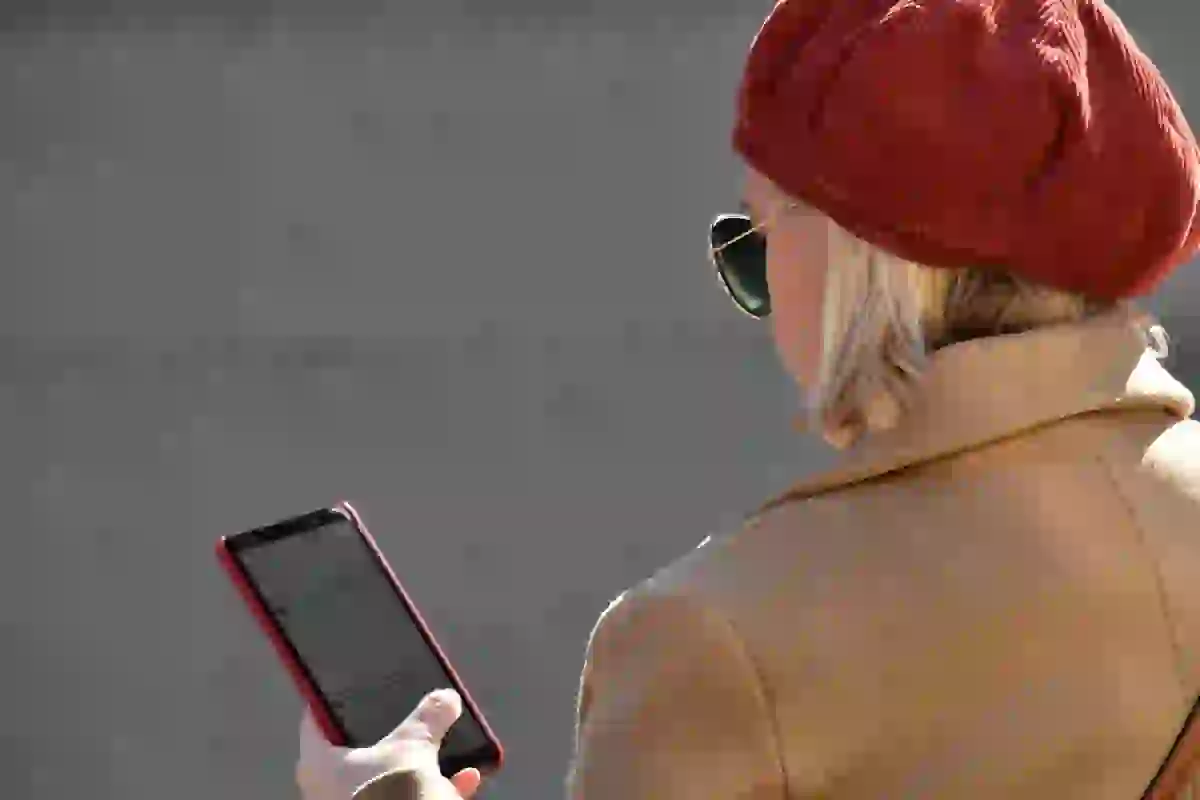A global pandemic and new variants of the virus, the collapse of international transport or the rise in the prices of raw materials or energy have been tripping up the fashion sector for two years now. Yet the rise of online sales, omnichannel and the new ways of innovating in the industry are managing to alleviate a drop in sales that still in 2021 and during the sales of this 2022 have not returned to previous levels.
The year 2021 has closed with a new decrease in sales for the fashion sector of -13.10%, according to the latest Acotex barometer. A disappointing figure if one takes into account that the industry has already registered a drop of -41.26% in 2020. Similarly, the forecasts for 2022 are not encouraging either, since the CPI continues to rise, as do the prices of transport, raw materials or energy.

Nor have the arrival of new variants of the Covid-19 such as Omicron helped the sector, causing consumers to avoid entering stores to buy and leading staff losses just when it was most needed to deal with the increase in orders at Christmas or sales, thereby slowing down the promising figures obtained during Black Friday and the start of the Christmas campaign.
e-Commerce has been the window that the sector has found on many occasions in recent months to channel its sales. Although it must not be overlooked that in a country like Spain, face-to-face sales account for most of the computation of the sector. In fact, the online figure is expected to stabilise in 2022, according to Acotex. Yet, there is no doubt that the digital channel represents a business niche that is still in unchartered waters and that the fashion industry has in it a unique business opportunity to overcome the losses of recent years.
Analysing the sector, and according to one of the latest reports by Statista, fashion was the main product that Spanish consumers have purchased via the Internet over the past year. Specifically, 72% of users in this industry have purchased a garment online throughout 2021. It is followed by leisure (71%), footwear and accessories (67%), health and beauty (60%), mobile devices (59%). Textiles and sports equipment (49%), toys and the home (both with 45%) are also amongst the top-ranked positions And of this percentage of buyers, fashion buyers are also the ones who have bought the most via mobile (55%), as well as leisure buyers (53%) and footwear and accessories (46%).

These figures have led fashion brands to go further to reach the consumer through channels that group together different channels, boasting increased presence and sales on the social networks themselves, through apps or marketplaces that facilitate purchases with major convenience in just a few clicks. User-friendly access that must also be accompanied by speed of delivery and ease of returns, to complete a ’10 out of 10′ experience for end final consumer. It is the key for the sector to exit the quagmire in which it has been plunged in recent months. It is thus here where logistics has a lot to contribute, since good management of the logistics process has an bearing on meeting deliveries in a timely manner, which increases customer loyalty and makes the difference between a profitable business and one that fails.
The sales opportunity through this channel is encouraging, according to Statista, which forecasts that by 2025 revenue from online sales of clothing (7.89 billion euros), footwear (2.575 billion euros), bags and accessories (3.55 billion euros) in Spain will exceed 14 billion euros, increasing almost 70% compared to 2021 (8.3 billion euros).
This brings new challenges to the sector, which must find a way to alleviate the cost that reverse logistics entails; that it has to reach a consumer who is also suffering from the increase in prices and that must respond, even more so, to the immediacy that buyers currently demand, among other issues such as the sustainability of their products and processes. The approach of the production centres or the search for new markets are already some of the actions that it is carrying out to continue growing. Therefore, logistics must accompany the industry in this process, constantly adapting to the new needs of brands and consumers, meaning that fashion continues to be one of the cornerstones of the economy, employment and the image of our country.

